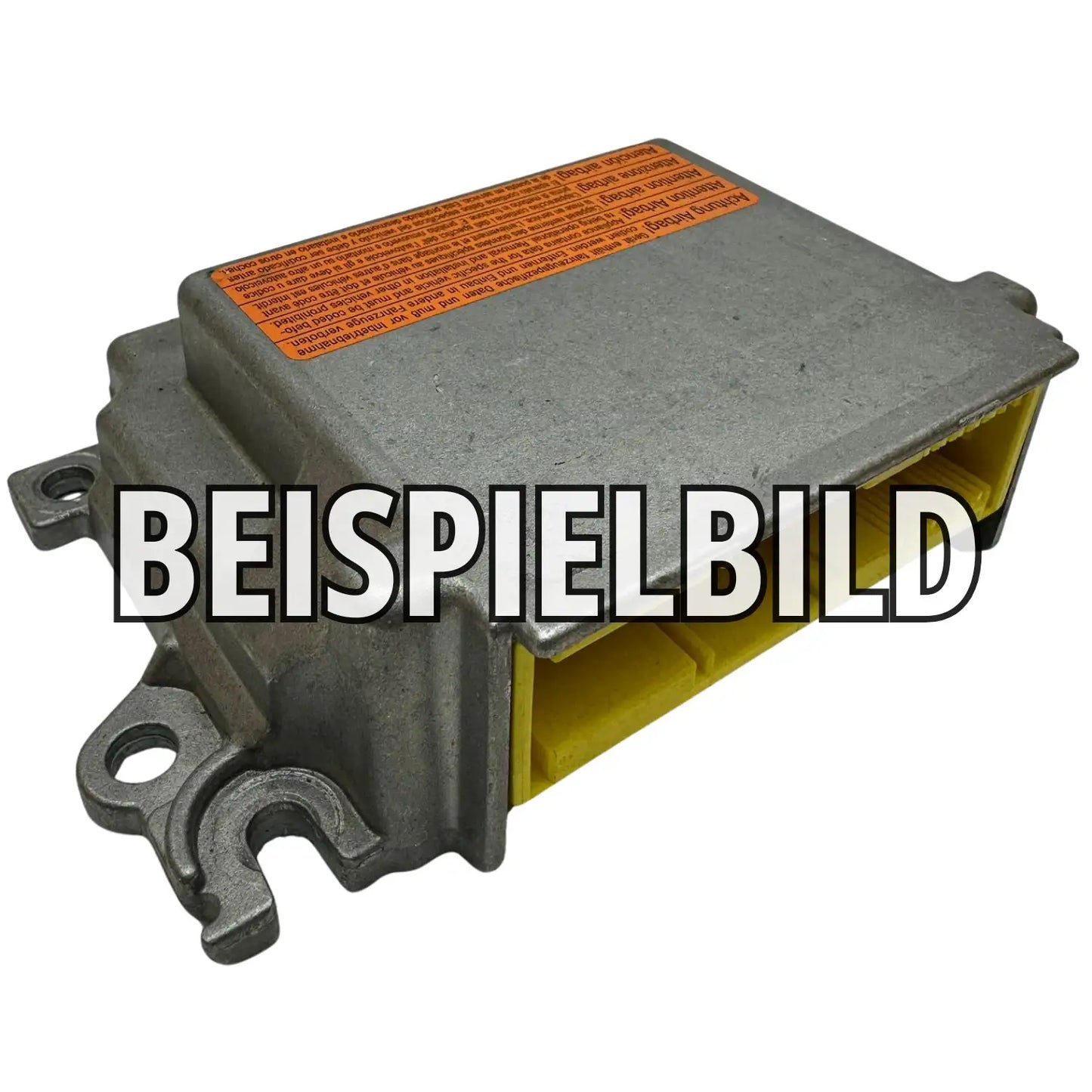What is a Suzuki SX4 Hatchback airbag control unit?
The Suzuki SX4 Hatchback airbag control unit is the central safety unit that activates all occupant restraint systems in the event of an accident. It monitors sensors, stores crash data, and ensures the proper functioning of all airbag modules in the vehicle. It is crucial to the passive safety of the Suzuki SX4.
This SRS (Supplemental Restraint System) control unit continuously processes signals from various sensors. It decides within milliseconds whether to deploy airbags and seatbelt pretensioners in the event of an impact. After an accident, important crash data is stored internally for later diagnosis.
Why is the Suzuki SX4 Hatchback airbag control unit faulty?
The Suzuki SX4 Hatchback airbag control unit can fail for a variety of reasons, including storing crash data after an accident, experiencing internal electronic faults, or being damaged by power surges, causing the system to fail and requiring repair or replacement.
A common cause of defects is the storage of crash data after an airbag deployment, which blocks the module. Aging of components, moisture ingress, or power fluctuations can also lead to internal errors. Such errors are often indicated by a permanently illuminated airbag warning light in the dashboard.
Sometimes the control unit is no longer capable of diagnostics or can no longer communicate with the vehicle's systems. In such cases, a professional Suzuki SX4 Hatchback airbag control unit repair is essential to restore the safety system's full functionality. Without a functioning control unit, the airbags will not deploy in the event of a collision.
Common error codes for Suzuki SX4 Hatchback airbag control unit repair
When diagnosing a faulty Suzuki SX4 Hatchback airbag control unit, certain trouble codes may indicate problems that require repair, although manufacturer-specific ECU codes for Suzuki are rarely publicly available and are often generic in nature.
- **U0151:** Loss of Communication Error → The airbag control unit has no proper connection to the vehicle CAN bus. An interrupted data line or an internal malfunction may be the cause.
- **B1000:** Control Unit Communication Error (Generic) → This code often indicates a problem with the internal communication of the control unit itself. It can be caused by a defect in the module or a faulty power supply.
- **"Crash Data Stored" / "ECU Error":** Internal messages from the control unit → These indicate that the control unit is locked after a collision or has a serious internal error, which requires a Suzuki SX4 Hatchback airbag control unit repair or reset.
What part numbers are available for the Suzuki SX4 Hatchback airbag control unit repair?
For a precise Suzuki SX4 Hatchback airbag control unit repair, exact knowledge of the original OEM part numbers is crucial, as these ensure compatibility with your vehicle model and year of manufacture and enable correct spare parts procurement.
The following original OEM part numbers have been verified for the airbag control unit of the Suzuki SX4 Hatchback (model years approximately 2006–2013, series EY, GY):
- 38910-79J21: A common genuine Suzuki OEM part number used on this model series.
- 37171-79J21: Another genuine Suzuki part number compatible with the SX4 Hatchback.
- 38910-79J22: A newer version or variation of a genuine Suzuki part number for this model.
- 3891080J40: This Suzuki number is often associated with Bosch control units (e.g. 5WK43636C) that act as OEM suppliers.
- 5WK43632C: A specific Bosch part number that was installed as an original part in Suzuki SX4 vehicles.
- 5WK44377: Another Bosch part number for a matching OEM airbag control unit.
- 38910-55L20: A Suzuki OEM part number also listed for the SX4 airbag control unit.
- GS1D-57-K30A: A supplementary Suzuki OEM part number listed in relevant databases for the SX4 Hatchback.
When replacing or repairing a Suzuki SX4 Hatchback airbag control unit, it is essential to accurately match the existing part number. Specialist shops often offer a reset service to erase stored crash data and restore the control unit to usability. This can be a cost-effective alternative to a new part and restore full functionality.


